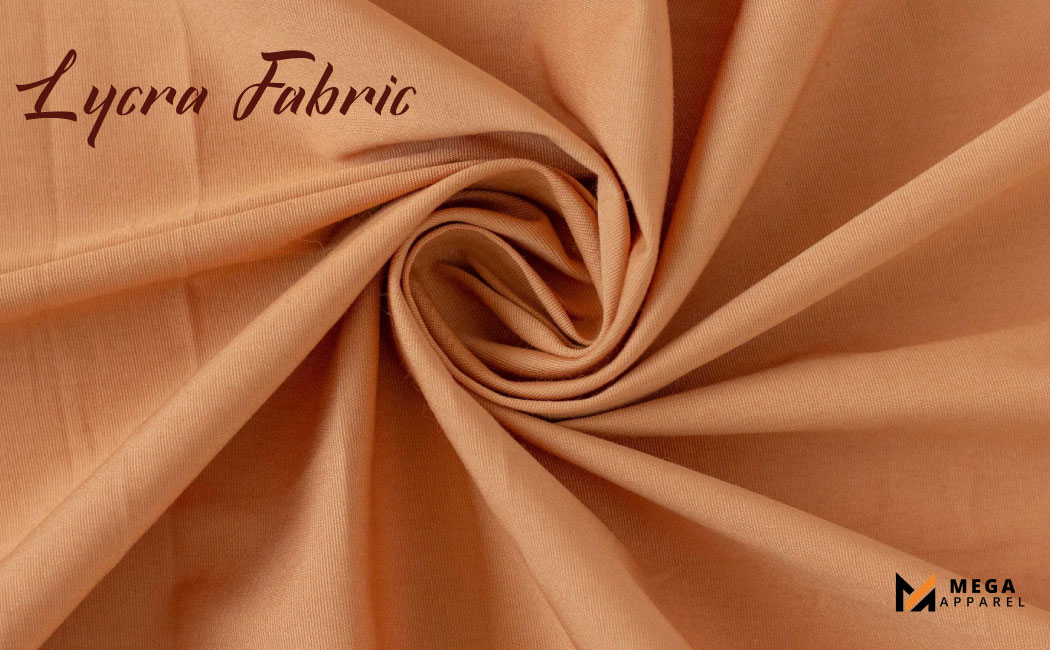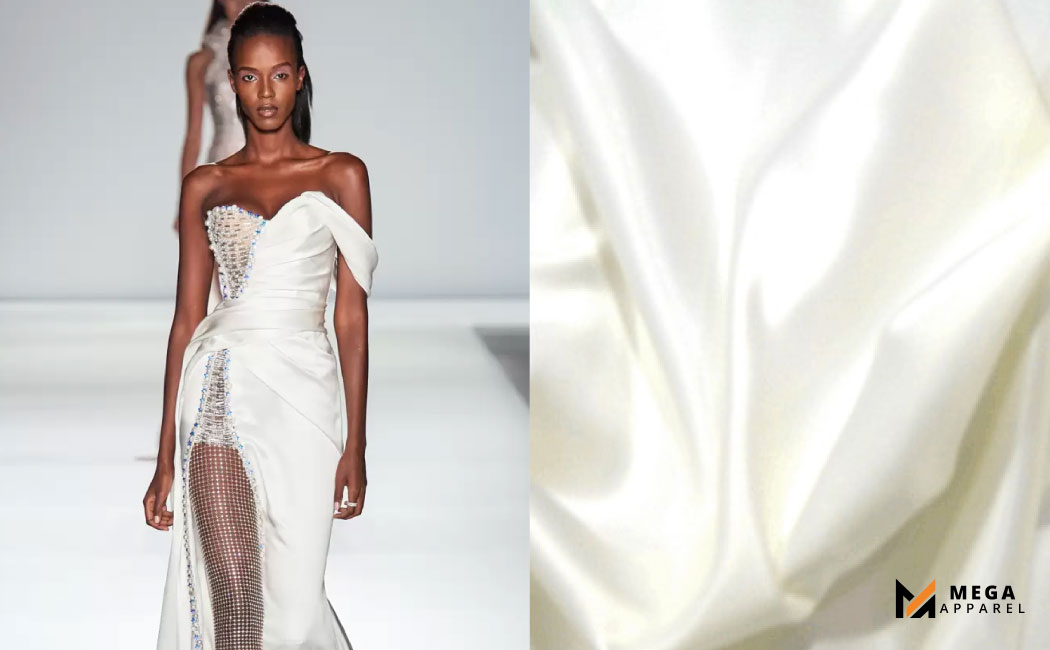Elastane is a synthetic fabric that is extremely stretchy and is marketed under the name Lycra. The materials known as spandex, elastane, and Lycra are the same; they can stretch to five to eight times their original size.
Lycra fabric, like other polyurethane materials, is made up of lengthy chains of monomers joined by a particular kind of acid, making it a polymer.
Lycra, in contrast to many other synthetic fabric types, has a strong heat resistance, which led to its rapid recognition as a great complement to heat-sensitive synthetics like nylon and polyester.
The Origin or Lycra Material
While IG Farben in Nazi Germany created polyurethane in the 1930s, this fabric would not have been possible. It was first created by the DuPont Corporation in the 1950s. Nowadays, Lycra is made using the same fundamental chemical synthesis techniques as other polyurethane-based polymers, and polyurethane serves as the basis for a variety of other plastics.
IG Farben first created polyurethane as a rubber substitute. Its capacity to absorb heat and kinetic energy was discovered as soon as it was manufactured, and it is still widely utilized in insulation today. Following World War II, IG Farben employed a large number of important scientists who were brought to the US and eventually began working at DuPont.
Well today, lycra is very popular for making amazing products.
How Is Lycra Fabric Made?
Lycra, also known as spandex or elastane, is a synthetic fiber known for its exceptional elasticity. It’s commonly used in sportswear, swimwear, and form-fitting garments.
What is lycra fabric made of? Let’s find out:
1. Polymerization: Lycra is made from a long-chain synthetic polymer called polyurethane. The process begins with the polymerization of a specific type of diisocyanate and a diol.
2. Spinning: Once the polymer is formed, it’s spun into fibers through a process called dry spinning. In this process, the polymer solution is forced through a spinneret (a device with tiny holes), creating long, continuous fibers.
3. Drawing: The fibers are then stretched, or drawn, to align the molecules and increase their strength and elasticity. This stretching process also helps to control the diameter of the fibers.
4. Heat setting: After drawing, the fibers are subjected to heat to set their molecular structure. This step is crucial for stabilizing the fibers and ensuring they maintain their elasticity even after repeated stretching.
5. Texturing: Depending on the desired properties, the fibers may undergo texturing processes to enhance their stretchiness and softness. Texturing can involve methods like air jet texturing or mechanical crimping
6. Finishing: Finally, the fibers may undergo finishing treatments to improve their dyeability, resistance to abrasion, or other specific properties required for the intended application.
The resulting Lycra fibers can be blended with other fibers like cotton, polyester, or nylon to create fabrics with varying properties, such as increased durability, breathability, or moisture-wicking capabilities. The amount of Lycra in the blend affects the fabric’s stretchiness and recovery, making it suitable for a wide range of apparel applications.
Since Lycra is a completely synthetic fabric, every one of its constituent parts is made in a lab. Even though a large number of the raw materials needed to make the chemicals in Lycra fabric material come from organic sources, by the time they are made into Lycra fibers, they have undergone extensive reworking and formulation to the point where they are completely unrelated to organic materials.
What is Lycra Used For?
Lycra cloth material, also known as spandex or elastane, is used for a variety of purposes due to its exceptional elasticity, durability, and comfort. Some common applications include:
Sportswear
Lycra is widely used in sportswear such as leggings, athletic shorts, compression garments, and sports bras. Its stretchiness allows for freedom of movement, while its ability to recover its shape makes it ideal for high-performance activities.
Swimwear
Lycra is a popular choice for swimwear because it provides excellent stretch and recovery, allowing for a snug and comfortable fit. It also dries quickly and is resistant to damage from chlorine and saltwater.
Undergarments
Lycra is a popular choice for swimwear because it provides excellent stretch and recovery, allowing for a snug and comfortable fit. It also dries quickly and is resistant to damage from chlorine and saltwater.
Active wear
Lycra is often incorporated into activewear garments like yoga pants, tops, and jackets because of its stretchability and moisture-wicking properties, keeping the wearer comfortable during workouts.
Medical Garments
Lycra is used in medical compression garments to provide gentle pressure and support for conditions such as lymphedema, venous insufficiency, and deep vein thrombosis.
Fashion Apparel
Lycra is utilized in various fashion garments where stretch and fit are crucial, including dresses, skirts, tops, and even tailored suits. It allows designers to create form-fitting styles without sacrificing comfort.
Overall, Lycra fabric is valued for its versatility and ability to enhance the performance, comfort, and aesthetic appeal of a wide range of apparel and textile products.
Is lycra breathable?
Lycra offers amazing breathability, which is why it can be considered as a good substitute for cotton. Breathability factor is another plus point in terms of making activewear or sports clothing products.
Conclusion
In conclusion, Lycra fabric, also known as spandex or elastane, is a versatile material valued for its exceptional elasticity, durability, and comfort. Used in various industries, from sportswear to fashion apparel, Lycra offers unparalleled stretch and recovery properties, making it an ideal choice for garments that require flexibility and support.
Whether it’s in activewear for high-performance activities, swimwear for its resistance to water and chlorine, or undergarments for its shaping and support benefits, Lycra consistently delivers on both functionality and style.
Its ability to conform to the body’s movements, maintain shape, and provide a snug fit has cemented its place as a staple material in the textile industry.
With ongoing innovations and advancements in manufacturing techniques, Lycra continues to play a vital role in shaping the future of apparel, offering consumers comfort, performance, and style in their everyday wear.





